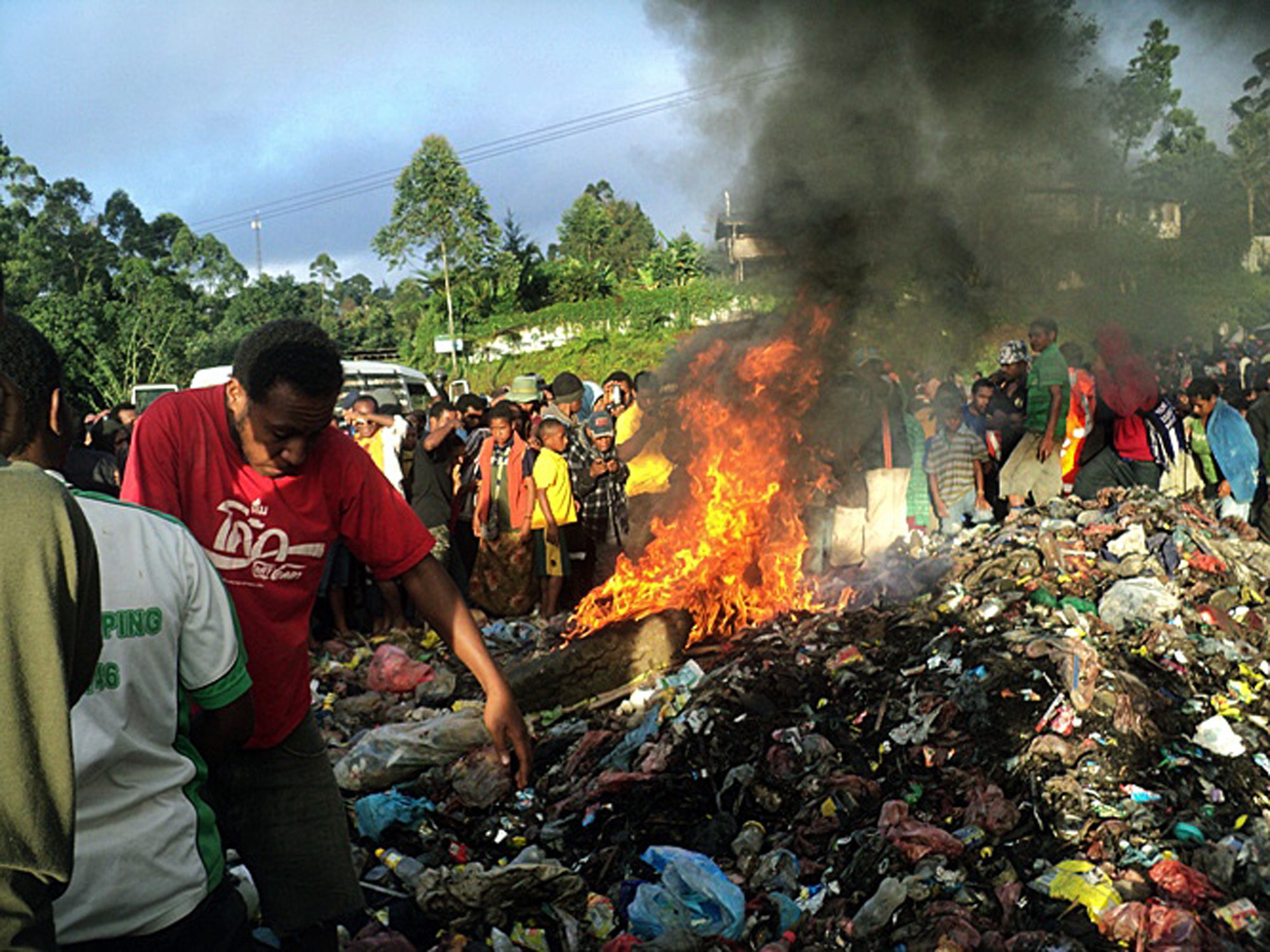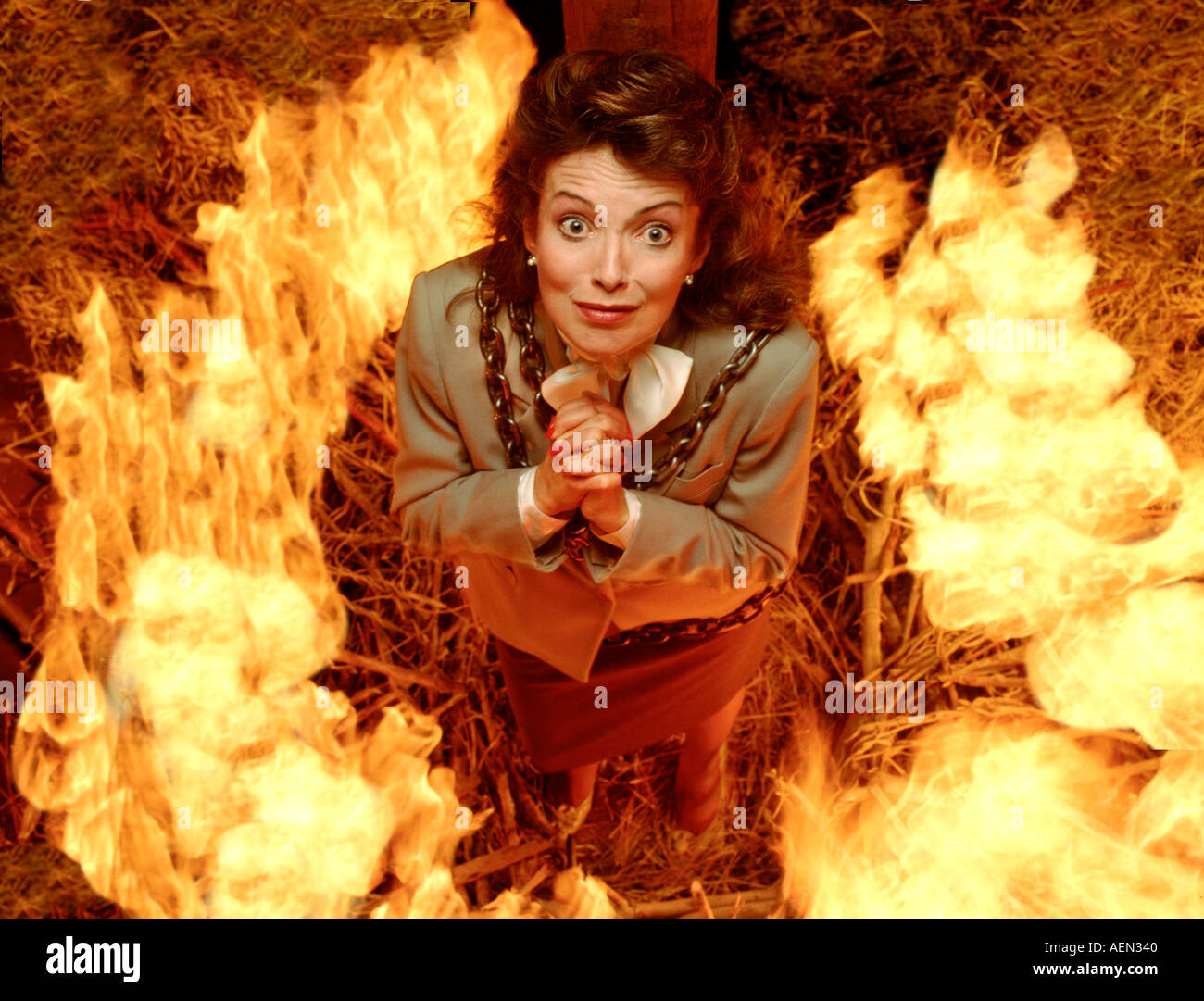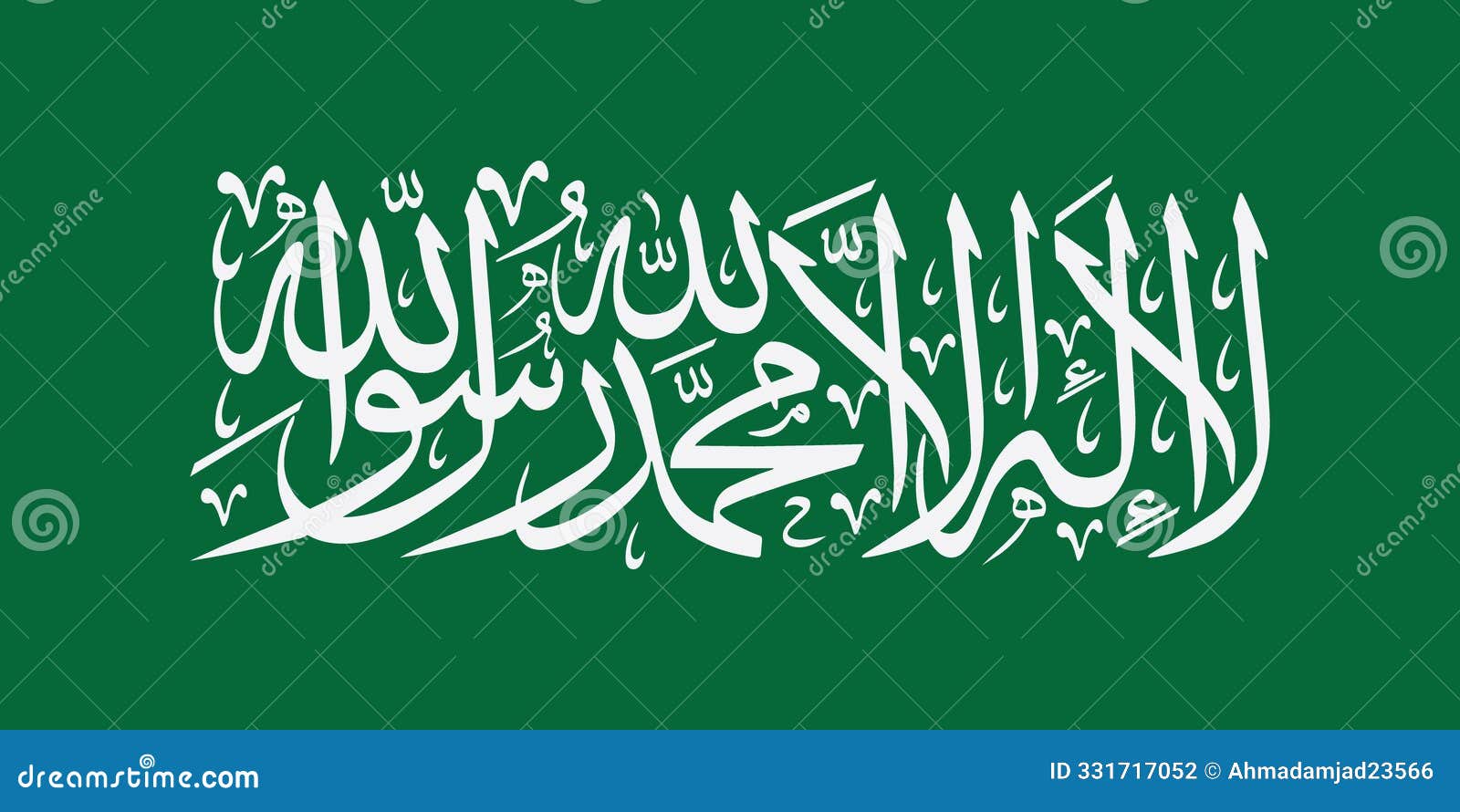Woman Burning In New York – the phrase itself conjures up powerful images, right? It’s a title that immediately sparks curiosity. Is it a literal fire? A metaphorical inferno of emotion? This exploration dives into the historical context of women and fire in NYC, examining everything from actual blazes to the symbolic flames of oppression and societal pressures.
We’ll unpack the figurative meanings of the phrase, exploring how it might manifest in different artistic expressions, and even look at real-world scenarios where a woman’s struggles could be described as “burning.” Get ready for a deep dive into a compelling concept.
We’ll examine historical portrayals of women in fires, tracing how societal perceptions shifted over time. We’ll also unpack the symbolic power of the phrase, exploring interpretations ranging from raw anger to passionate self-destruction. The piece will delve into potential real-world scenarios, both literal and figurative, and explore how artists might interpret the concept. Finally, we’ll consider the social and political implications of this evocative phrase, looking at how it can serve as a powerful tool for social commentary and protest.
Historical Context of Women and Fire in New York City: Woman Burning In New York
The relationship between women and fire in New York City is a complex one, interwoven with societal shifts, technological advancements, and evolving perceptions of gender roles. From the devastating infernos of the 19th century to the modern-day challenges of fire safety, women’s experiences have been both shaped by and have shaped the city’s response to fire.
Women and Fire in 19th and Early 20th Century NYC
During the 19th and early 20th centuries, New York City experienced numerous devastating fires, often fueled by overcrowding and inadequate building codes. Women’s roles in these events were largely defined by societal expectations. Newspapers frequently portrayed women as victims, emphasizing their vulnerability and need for rescue. However, accounts also highlight instances of women’s bravery and resilience, such as assisting in evacuations or tending to the injured.
The limited opportunities available to women meant their involvement in firefighting was extremely rare, confined mostly to volunteer work in supporting roles.
Portrayal of Women in Historical Media
Early newspaper accounts often focused on the emotional distress of women caught in fires, emphasizing their fragility and dependence on male rescuers. Literature of the period might use fire as a metaphor for female passion or destruction, reflecting prevailing social attitudes. In contrast, later 20th-century media began to showcase more diverse portrayals, including women firefighters and women actively involved in fire prevention and safety initiatives.
This shift reflects broader changes in societal expectations and legal frameworks.
Timeline of Key Events and Societal Shifts
Source: alamy.com
A chronological timeline illustrates the evolution of women’s relationship with fire in NYC. This timeline would include key events such as major fires, legislative changes impacting fire safety, and milestones in women’s participation in firefighting and fire-related professions.
- 1835: Great Fire of New York – Highlighting the devastating impact of fire and the role of women in the aftermath.
- Late 19th Century – Early 20th Century: Increased industrialization and urbanization leading to more frequent fires, and the evolving portrayal of women in newspaper accounts.
- Mid-20th Century: The gradual integration of women into firefighting and fire safety roles.
- Late 20th Century – Present: Focus on fire prevention education and community outreach, including women’s participation in these initiatives.
Interpretations of “Woman Burning in New York” – Figurative Meanings
The phrase “Woman Burning in New York” lends itself to multiple interpretations beyond its literal meaning. It evokes powerful imagery and invites exploration of diverse symbolic meanings.
Symbolic Interpretations of the Phrase
The phrase can symbolize a woman’s anger and frustration with societal injustices, her passionate spirit, or the destructive forces she may encounter in a demanding city like New York. It could also represent a woman’s inner turmoil, a crisis, or a significant life change that feels overwhelming and consuming.
Metaphorical Representation
A metaphorical representation could be a vibrant, yet intense painting of a woman silhouetted against the backdrop of the New York City skyline at night, flames licking at the edges of her figure. The flames could represent both her inner turmoil and the city’s relentless energy. The city skyline symbolizes the immense pressures and opportunities of urban life, while the woman’s silhouette highlights her strength and resilience amidst the chaos.
Comparing and Contrasting Metaphorical Interpretations
Different interpretations might emphasize different aspects of the woman’s experience. For example, a feminist perspective might focus on the societal pressures and oppression contributing to her “burning,” while a psychological interpretation might emphasize her internal struggles and emotional intensity. Cultural context also plays a role, influencing how the image of a “burning” woman is perceived and understood.
Potential Real-World Scenarios
The phrase “Woman Burning in New York” can apply to both literal and figurative scenarios within the city’s context.
Literal and Figurative Scenarios
Several real-world scenarios could be envisioned, ranging from a literal fire incident to metaphorical representations of personal struggles.
| Scenario Type | Location in NYC | Description |
|---|---|---|
| Literal | A high-rise apartment building in Midtown Manhattan | A fire breaks out in an apartment, and a woman is trapped inside, symbolizing the literal “burning.” |
| Figurative | A bustling street in Greenwich Village | A woman experiences a sudden, overwhelming emotional crisis, feeling consumed by stress and anxiety, metaphorically “burning” from internal pressures. |
| Literal | A brownstone in Brooklyn | A kitchen fire erupts during a tense family argument, causing damage to the property and injuring the woman. |
| Figurative | A quiet park in Central Park | A woman undergoes a profound personal transformation, leaving behind a destructive past to embrace a new life, a metaphorical “burning” away of her old self. |
Exploring Artistic Representations

Source: nydailynews.com
The evocative nature of the phrase “Woman Burning in New York” inspires artistic expression across various mediums.
Artistic Expressions Inspired by the Phrase
A poem might capture the raw emotion and intensity of the experience, using vivid imagery and metaphors to convey the woman’s internal struggle. A painting could depict a woman engulfed in flames against the backdrop of the city, symbolizing both destruction and transformation. A musical composition might use dissonant harmonies and powerful rhythms to represent the emotional turmoil. A film could tell a compelling story of a woman facing a crisis, using the city as a dynamic backdrop.
Common Themes and Motifs
Common themes might include the contrast between urban chaos and personal vulnerability, the struggle for survival and self-discovery, and the tension between destruction and renewal. Motifs might include fire, the cityscape, and recurring images of strength and resilience.
Fictional Narrative

Source: foxnews.com
A short story could follow a woman navigating the complexities of life in New York City, grappling with personal challenges and societal pressures. The “burning” could represent her struggle to break free from a toxic relationship, overcome professional setbacks, or find her place in the city’s relentless energy.
Social and Political Implications
The phrase “Woman Burning in New York” can be interpreted through the lens of social and political issues affecting women in the city.
Social and Political Interpretations
The phrase could be used to highlight issues such as gender inequality, domestic violence, systemic oppression, and the challenges faced by women in navigating a high-pressure urban environment. It could also represent the struggle for empowerment and social justice.
Further details about Prime Rib Temperature Guide is accessible to provide you additional insights.
Social Commentary and Protest
The phrase has the potential to be used in social commentary or protest, serving as a powerful symbol of women’s experiences and their fight for equality and justice. Artistic representations or performances incorporating the phrase could raise awareness and spark dialogue about relevant social and political issues.
Comparing and Contrasting Interpretations, Woman Burning In New York
Different interpretations might highlight different aspects of the issue. Some might focus on individual struggles, while others emphasize systemic problems. Some interpretations might be more radical or confrontational, while others might be more nuanced or conciliatory. The potential for controversy exists, reflecting the diversity of perspectives on women’s issues and the complexity of urban life.
Closure
From historical fires to contemporary struggles, “Woman Burning in New York” offers a multifaceted lens through which to examine the experiences of women in the city. The phrase serves as a potent symbol, capable of representing both literal and figurative conflagrations. Through its exploration, we gain a richer understanding of the complex relationship between women, the city, and the powerful forces that shape their lives.
Whether interpreted literally or metaphorically, the phrase remains a compelling invitation to consider the resilience, strength, and enduring spirit of women in New York City. It’s a story worth telling, and one that deserves to be heard.



